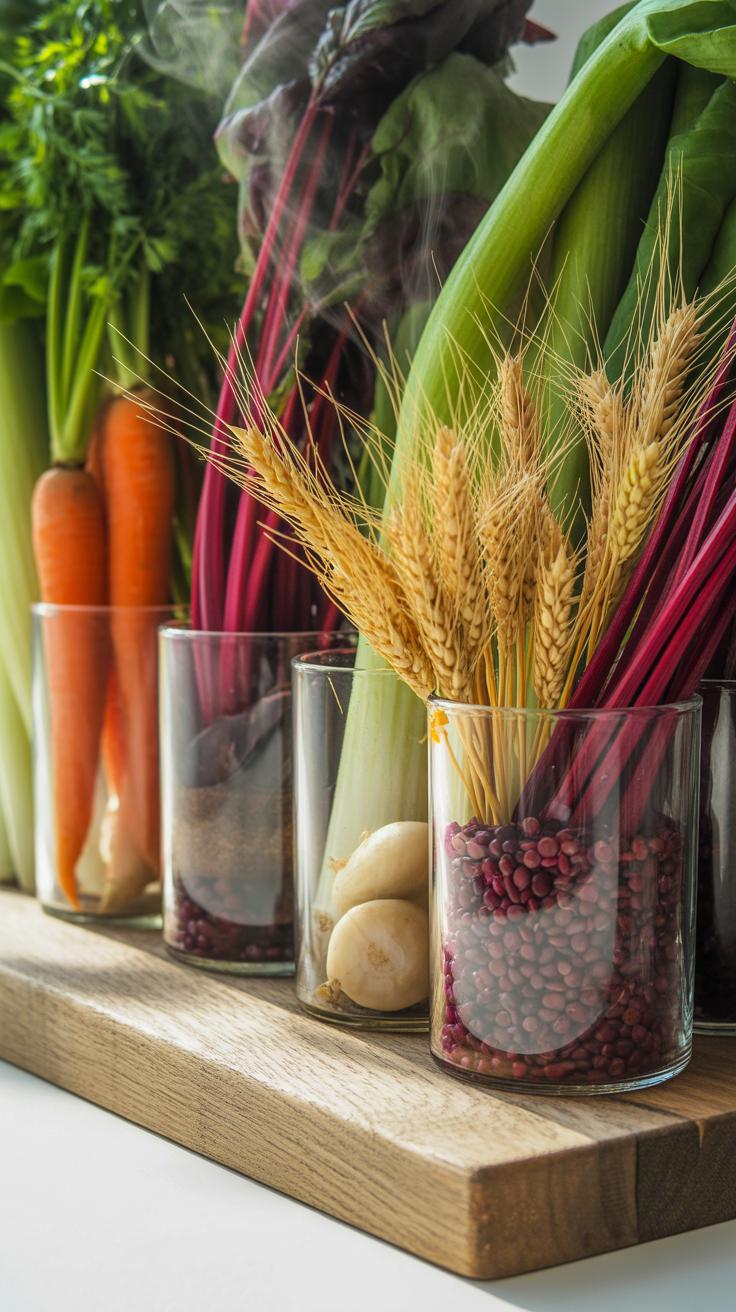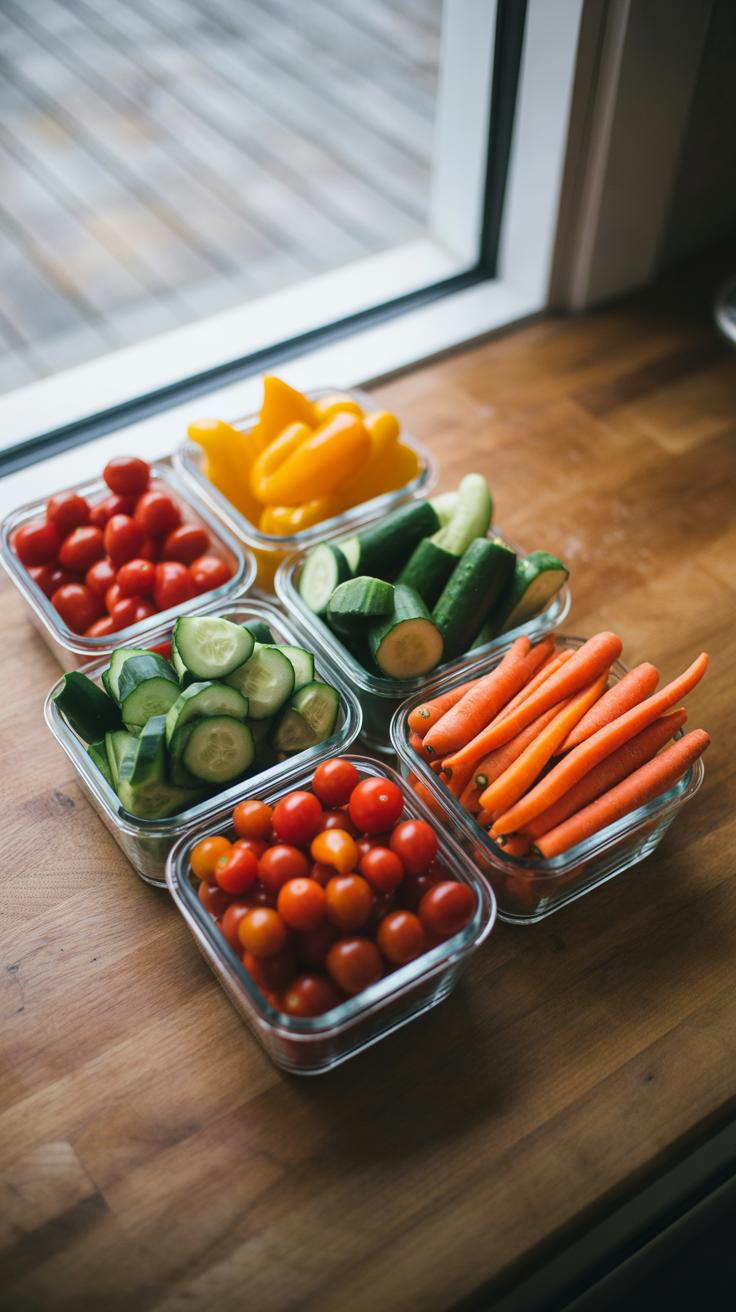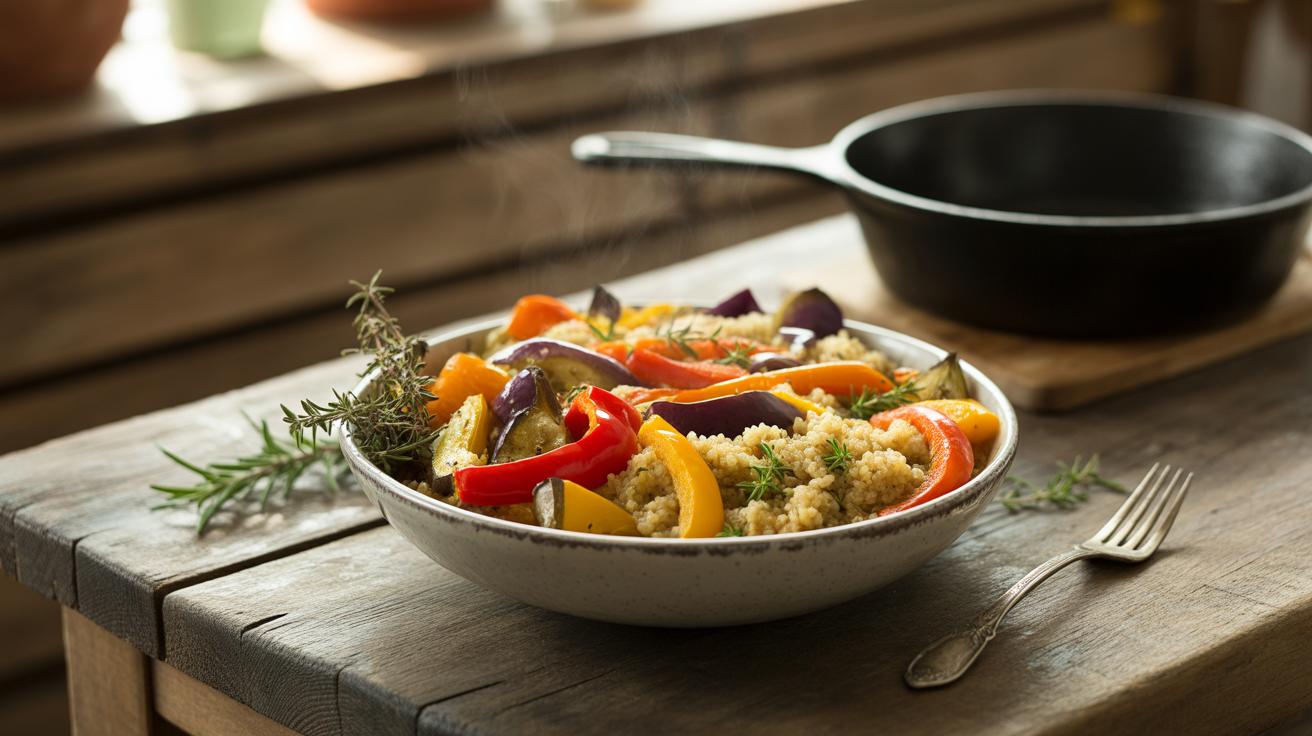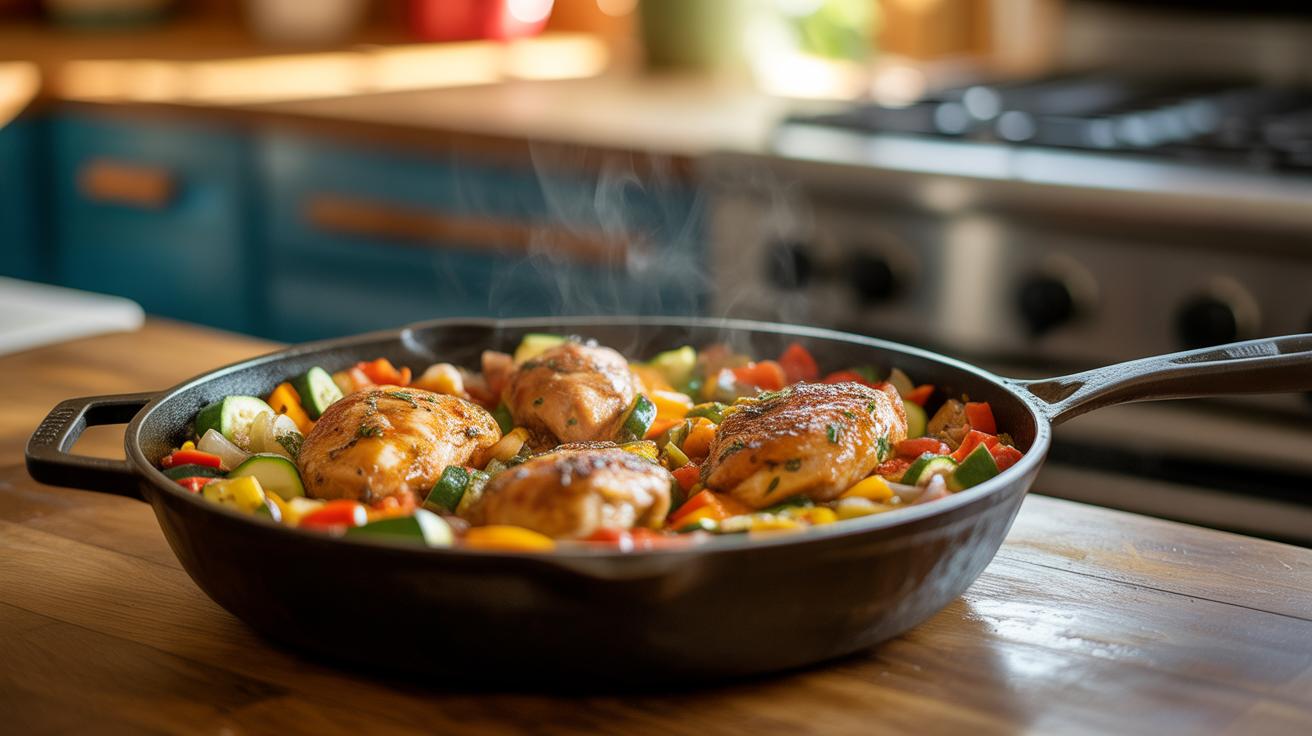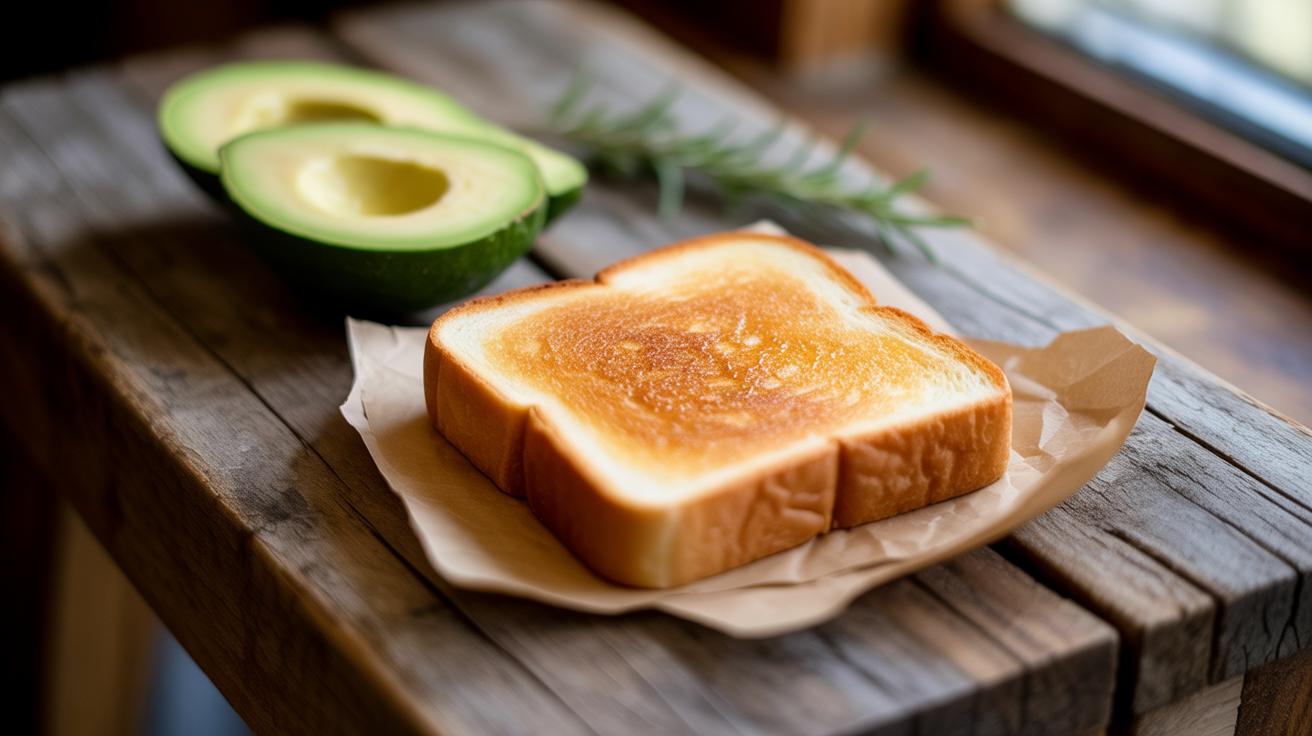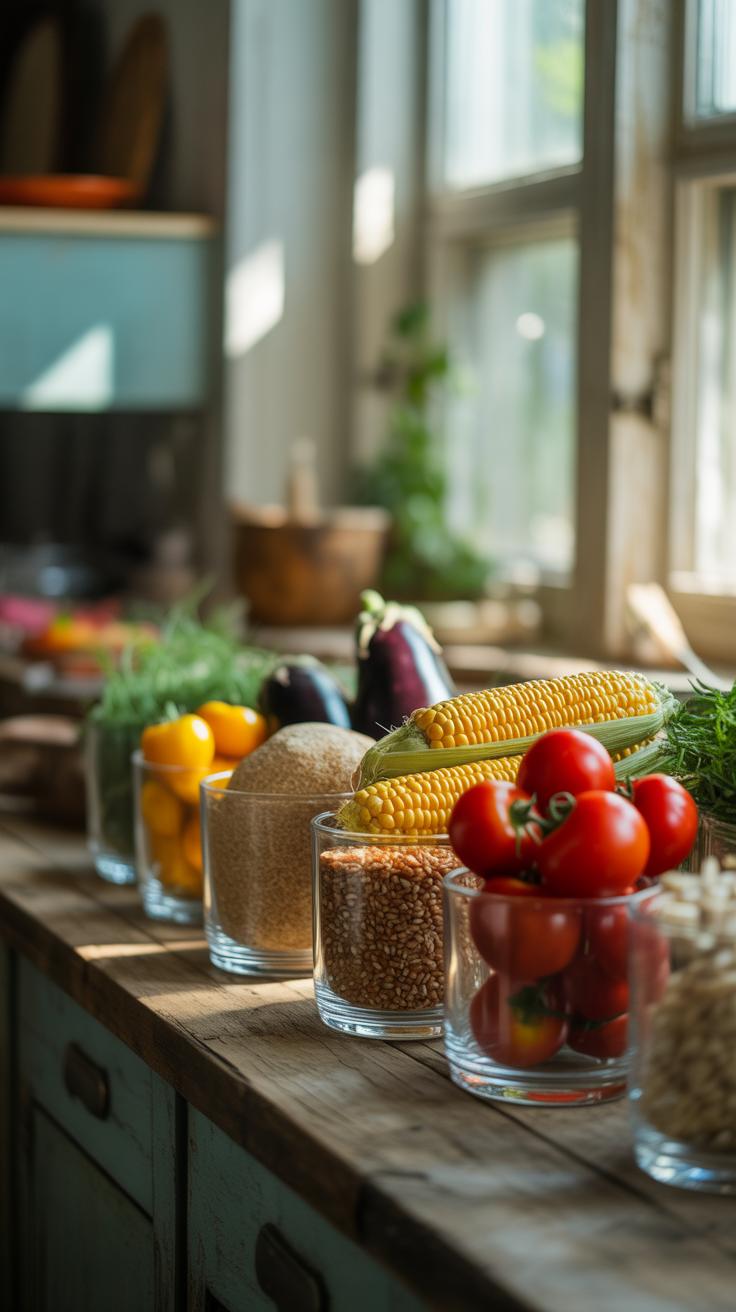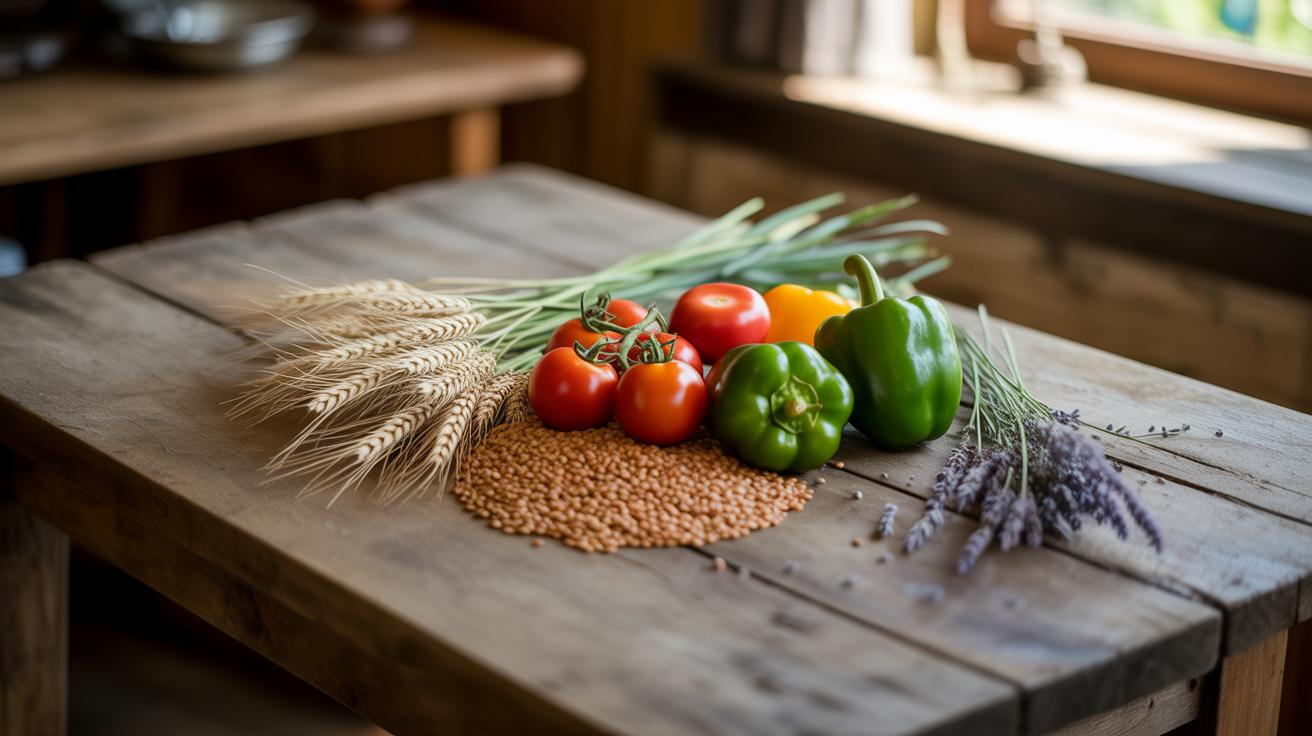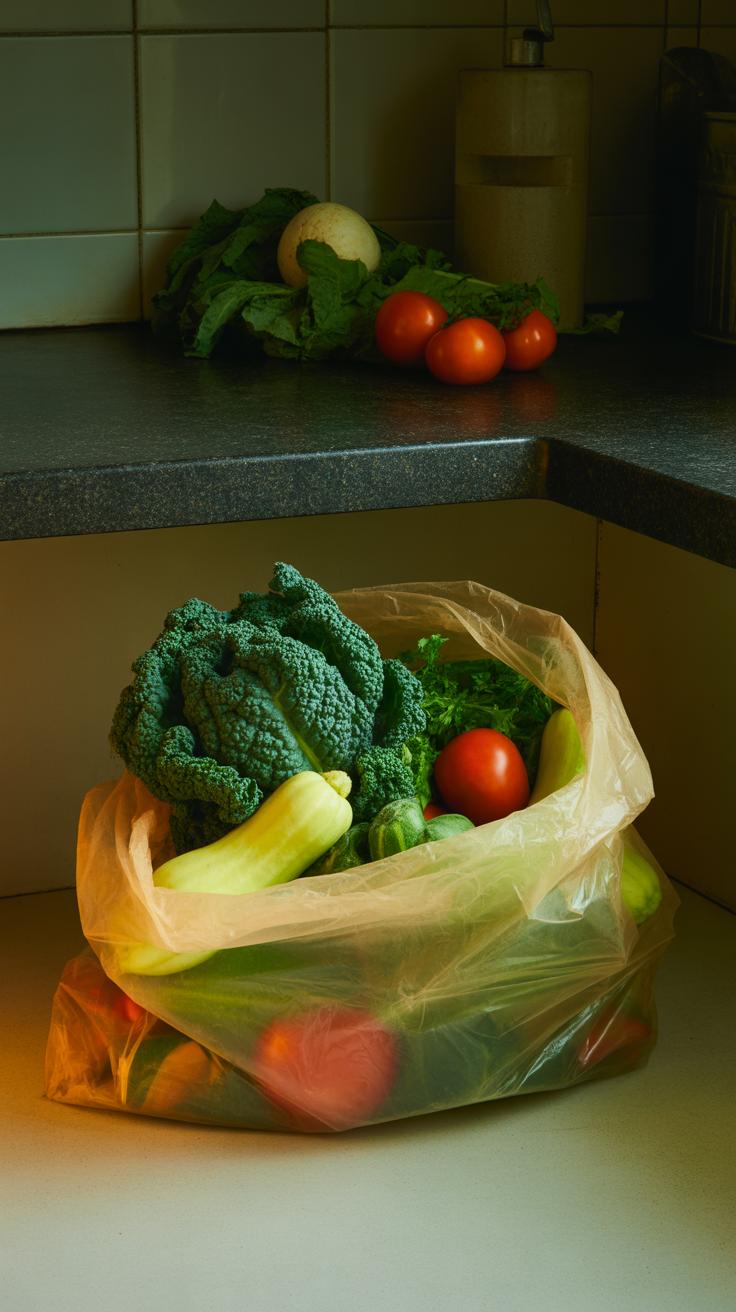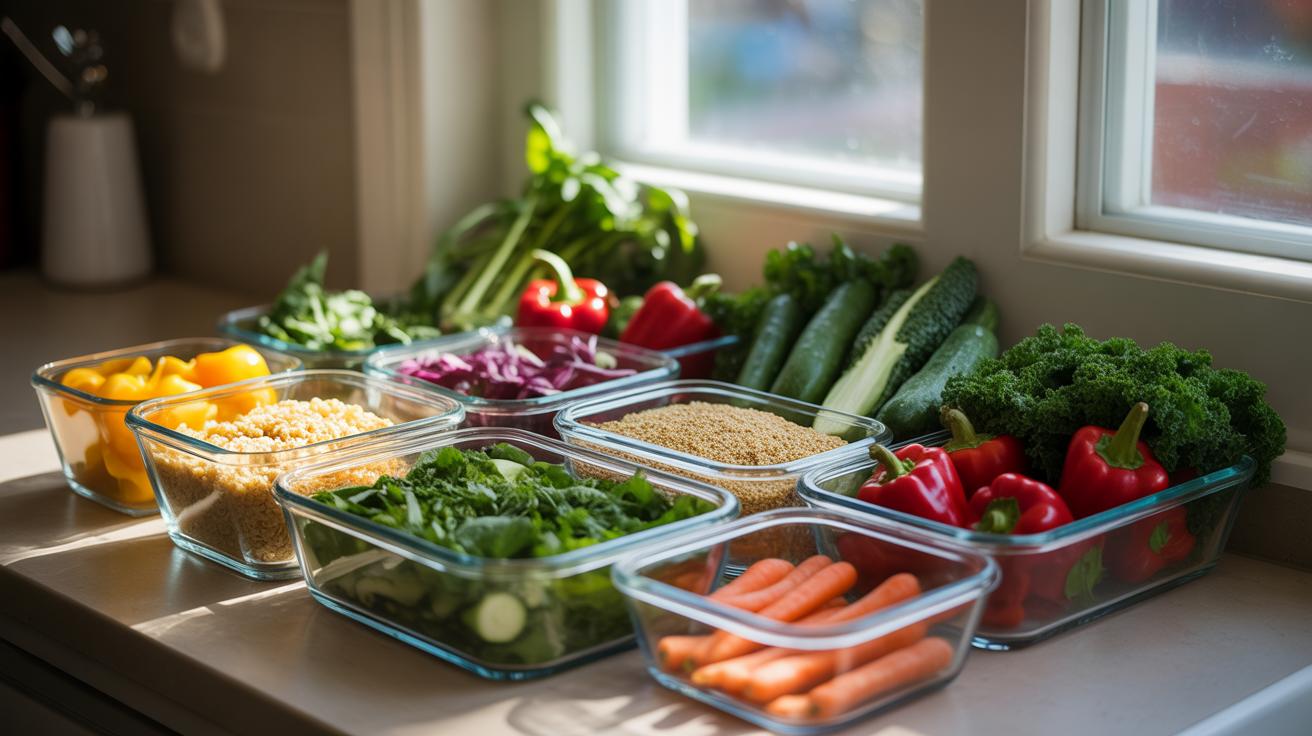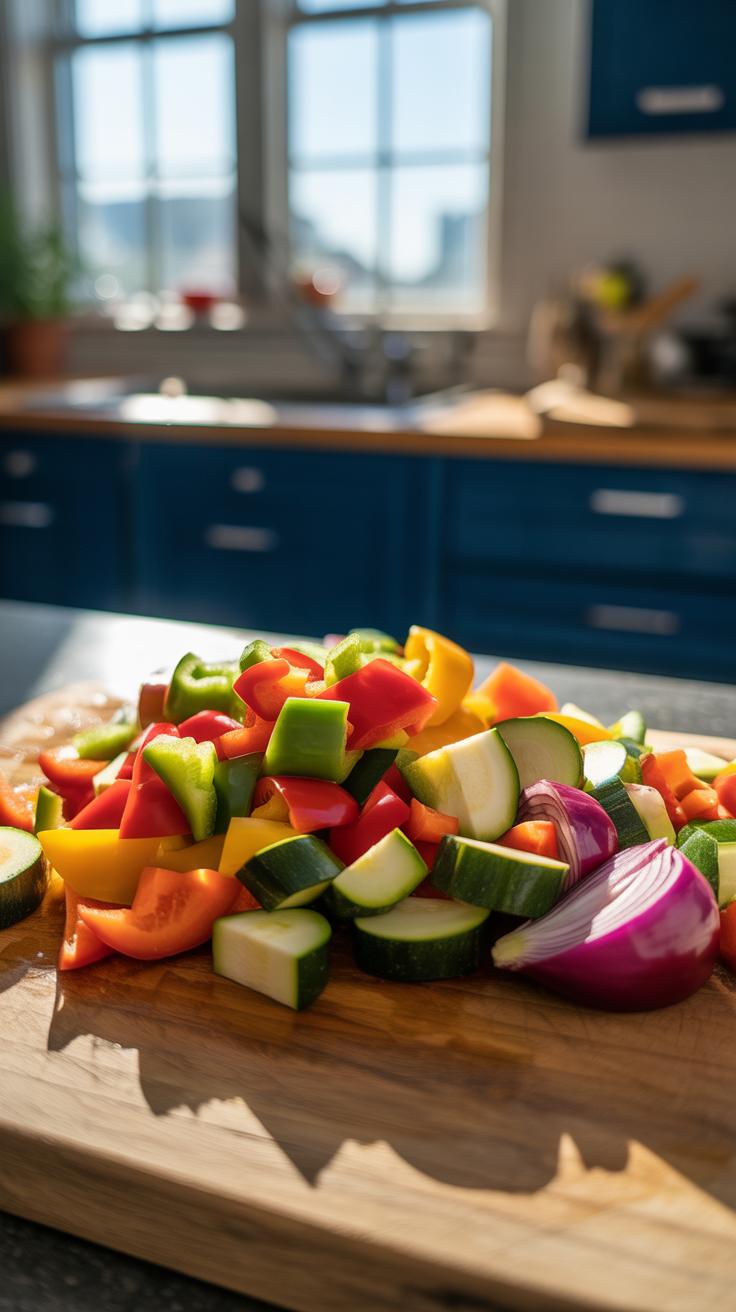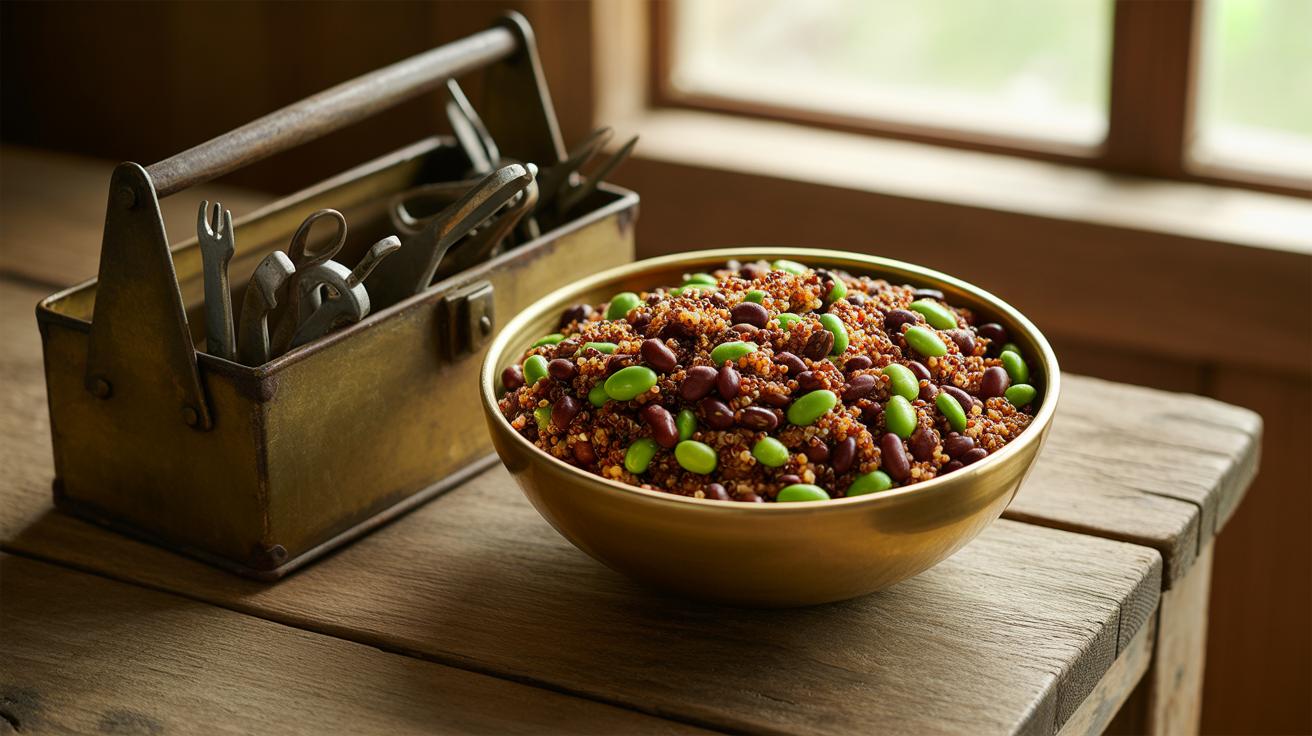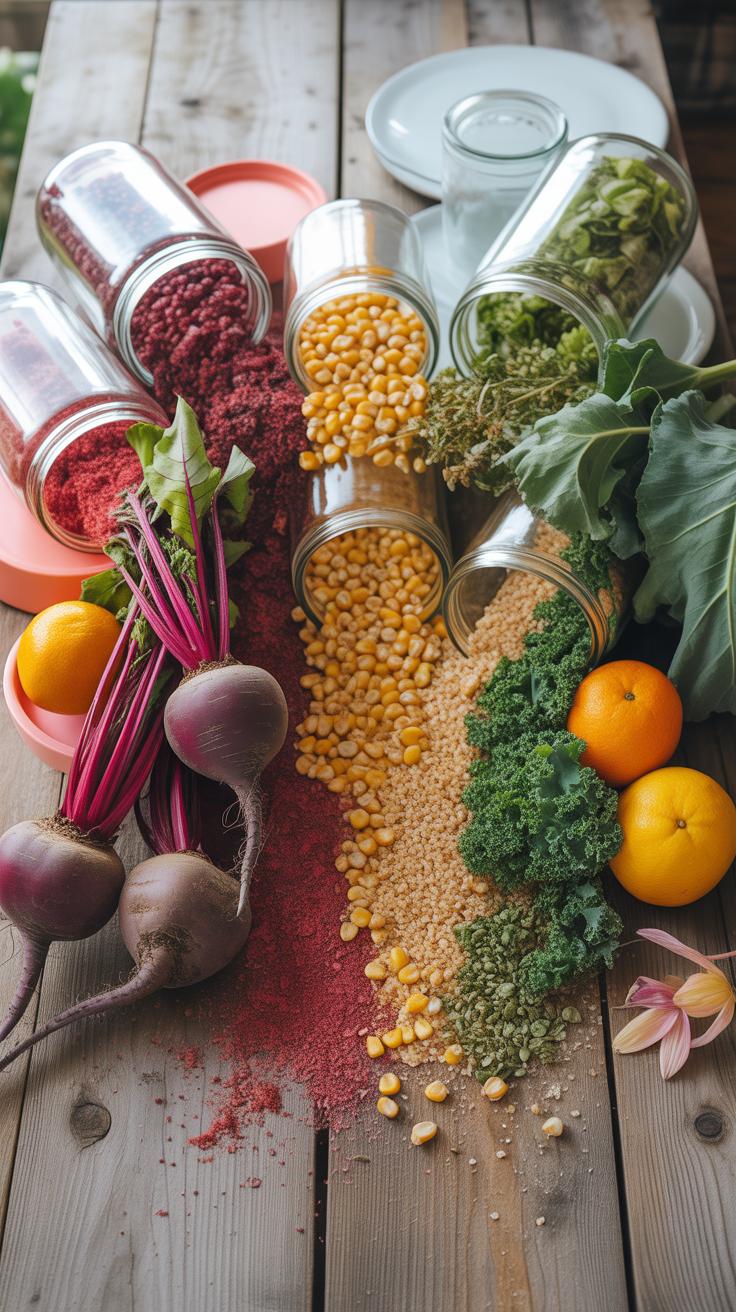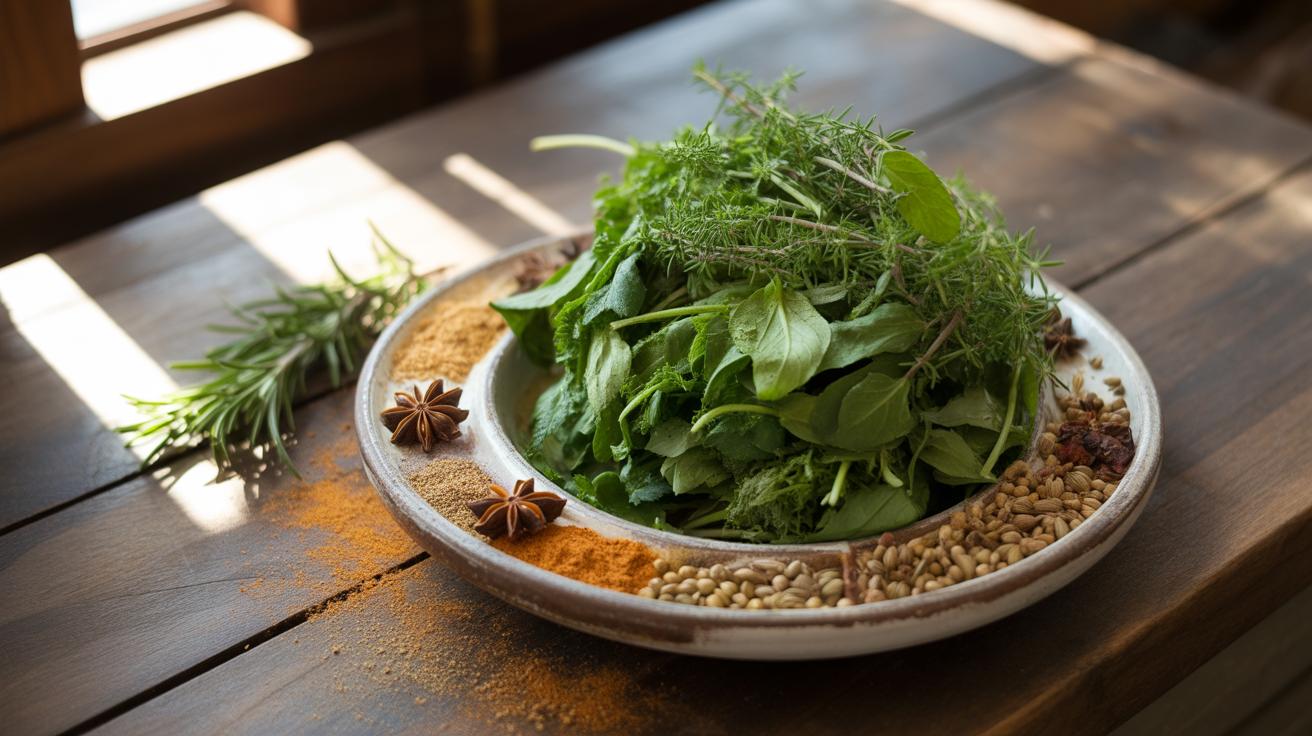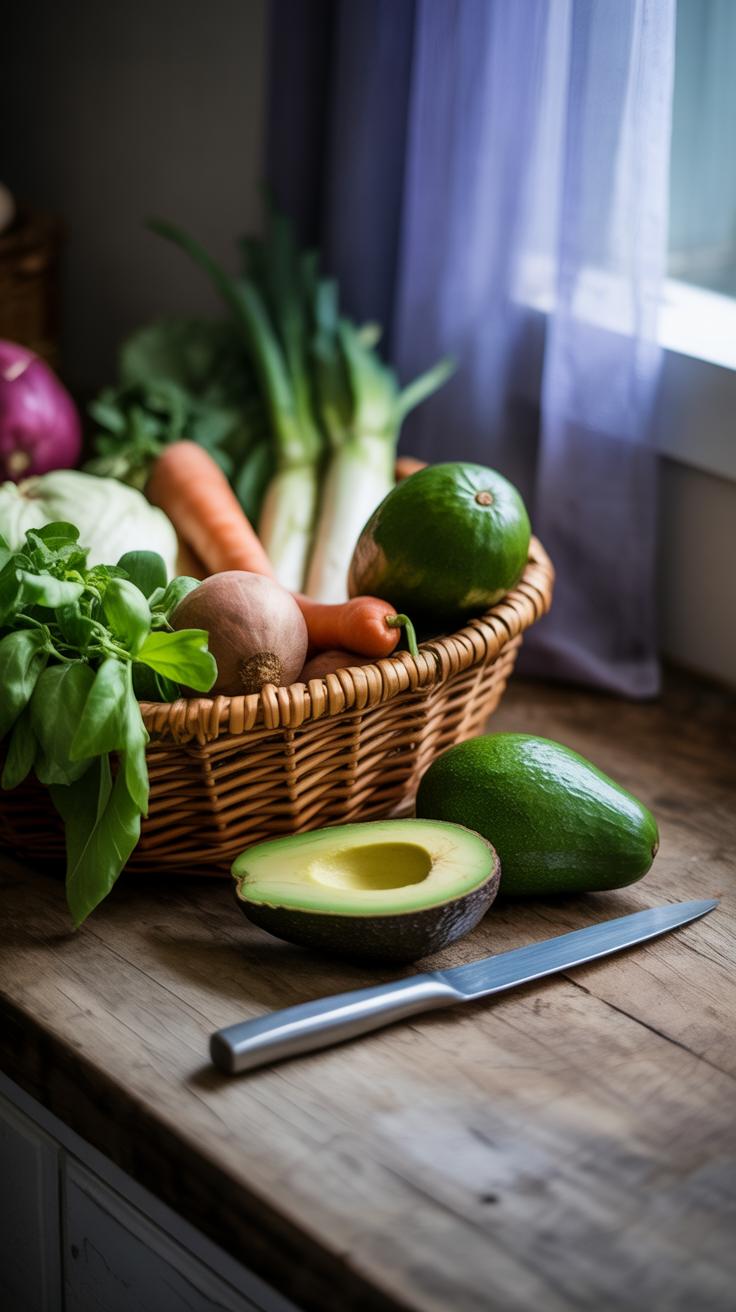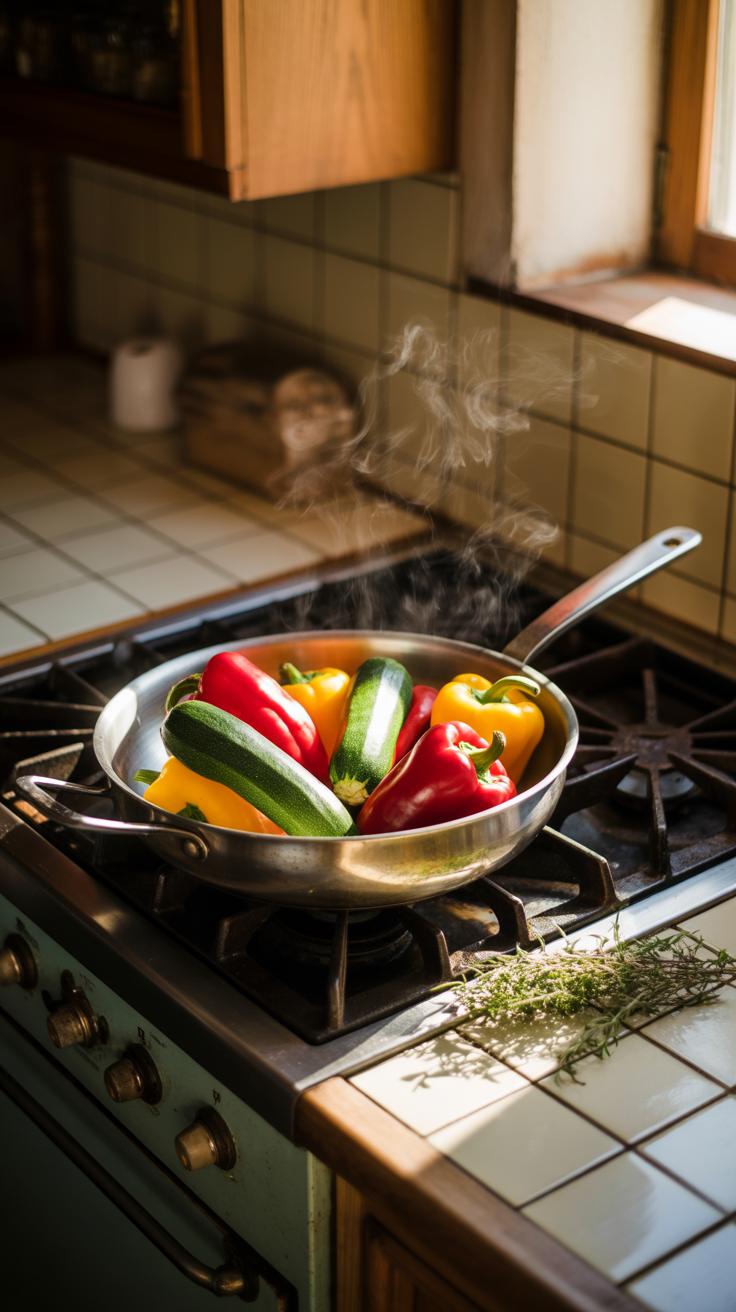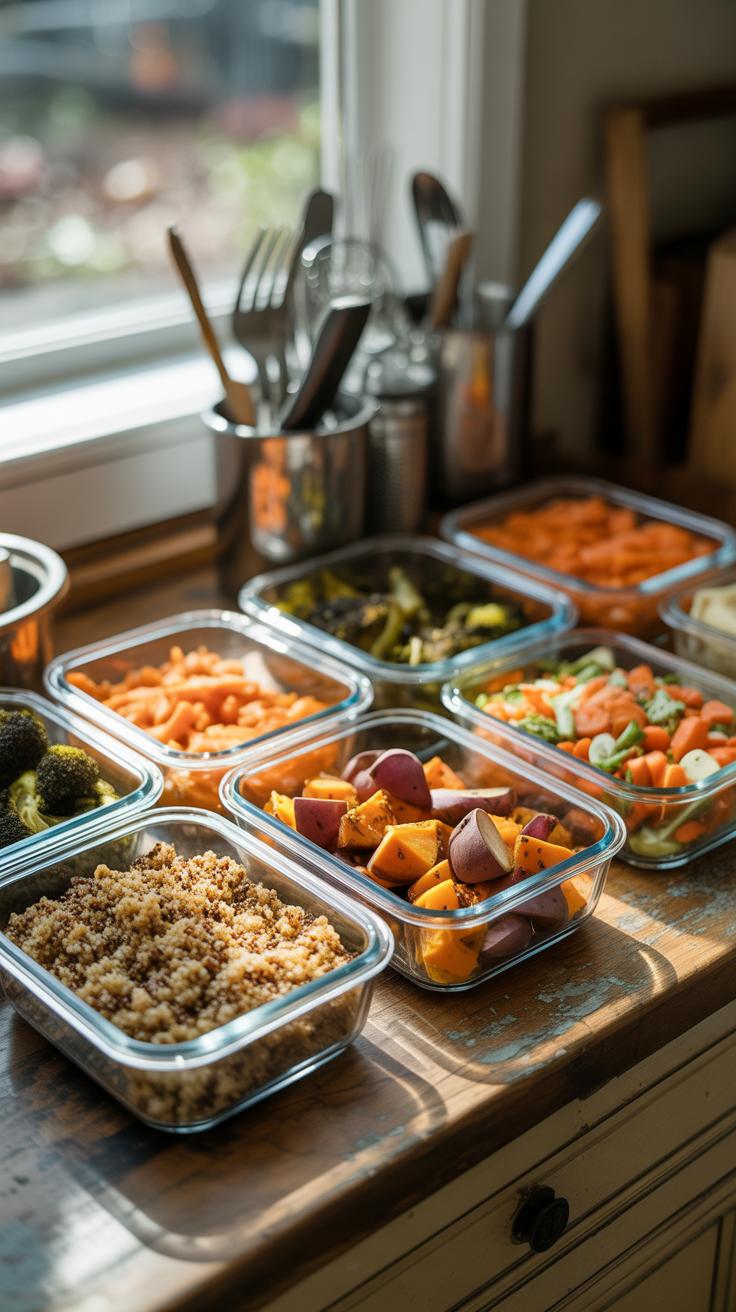Introduction
You might already know that meal prep saves time and helps you eat healthier. Easy Healthy Meal Prep Mistakes That Waste Your Money is a topic that can help you get the most from your efforts.
Many people make simple errors that cause wasted food and extra spending. This article shows you what to watch out for and how to improve your meal prep routine.
Why Meal Prep Can Cost More
Meal prepping feels like it should save money, right? You buy in bulk, cook once, eat many times—that’s the idea. But quite often, the plan backfires. One major reason is buying too much food. You think you’re stocking up, but then some veggies wilt in the fridge or half a container of protein goes unused. When you buy more than you need, your grocery bill rises. Yes, bulk deals can be cheaper per unit, but only if you actually use everything.
Think about it: buying a 5-pound bag of quinoa might seem like a smart choice, but if you only eat it once or twice before it spoils or gets stale, that’s wasted money. Then there’s the catch with fresh produce—buying multiple types of greens can look good on paper, but if you don’t plan properly, you’ll toss out half the bunches. Your fridge becomes a graveyard of forgotten ingredients.
Another cost trap is ignoring leftovers. Sometimes we cook more than we need and think, “Oh, I’ll eat this later,” but then it lingers until it’s no longer good. Letting leftovers sit or forgetting them can sneakily drain your budget, meal by meal. And it’s not just about tossing food; it’s about missed chances to stretch your meals creatively.
Simple ways to fix this? Repurpose leftovers into new dishes instead of forcing yourself to eat the same thing three days in a row. Plan meals that share ingredients across the week. If you buy a bunch of carrots for one recipe, make sure you have other meals—or snacks—that use them too. That way, you avoid random pieces spoiling and, frankly, money going down the drain.
What to Buy for CostEffective Prep
When you’re planning meals without breaking the bank, choosing the right ingredients matters a lot. Think simple staples that stretch across multiple dishes and keep well in the fridge or freezer.
Here are a few budget-friendly healthy ingredients that often work well for meal prep:
- Brown rice or quinoa – affordable, filling, and nutrient-dense.
- Dried or canned beans – like black beans, chickpeas, or lentils. These pack protein and fiber at a low cost.
- Frozen vegetables – sometimes cheaper than fresh and won’t spoil so fast.
- Oats – a reliable base for breakfasts that stays good for a long time.
- Whole wheat pasta – offers variety and sits comfortably in your pantry.
To keep costs down, consider shopping sales and planning meals around discounts. Bulk bins can be your friend, but only if you actually use what you buy.
A tip from my experience: try making a list and sticking to it, but be open to swapping if you find a better deal once at the store.
Choosing Affordable Proteins
Protein often eats up a large part of your grocery budget, but there are ways to stretch it. Eggs, for instance, are among the cheapest complete proteins. They’re versatile, store well, and can fuel several meals.
Dried beans and lentils provide plant-based protein without a hefty price tag, plus they hold up well for weekly prep. Canned tuna or sardines aren’t expensive either and can be a quick fix when time is tight.
Chicken thighs tend to be less pricey than breasts and don’t dry out as easily during reheating, making them quite practical. Ground turkey or beef can also make sense if bought in bulk and frozen properly.
Sometimes, it’s tempting to buy the fancy cuts thinking they’re ‘healthier’ but really, you get close nutrition-wise for less with these options.
Buying Seasonal Produce
Seasonal fruits and vegetables usually cost less simply because they’re more abundant. When you buy carrots or apples in season, you’re also getting them at their freshest, which means they last longer and taste better—two pluses for meal prep.
Shopping this way nudges you into more natural variety throughout the year. You might find yourself cooking with ingredients you don’t use otherwise, which can be fun and, well, less boring.
Also, local farmers’ markets or certain grocery chains tend to feature seasonal produce at better prices. Maybe try mixing frozen with fresh to balance price and quality.
Few things frustrate me more than buying produce out of season that goes mushy in days. Seasonal can be more predictable for budget and spoilage, so you waste less cash and food.
How to Plan Meals to Save Money
Meal planning can feel like a chore, but it’s surprisingly one of the simplest ways to cut down your food expenses. When you actually think through what you want to eat during the week, you avoid buying things you don’t need. It’s easy to overspend when you shop without a plan, grabbing whatever looks good or on sale. But if you pause and plan ahead, the savings add up.
Here’s a straightforward way to plan meals for the week without feeling overwhelmed:
- Start by checking what’s already in your fridge and pantry. Do you have ingredients that need to be used soon?
- Pick a few recipes you want to try, aiming for variety but keeping cooking time reasonable.
- Arrange these meals into a weekly schedule, thinking about leftovers or quick meals on busy days.
- Write down all the ingredients you’ll need for those recipes.
- Look for opportunities to use ingredients across multiple meals to avoid waste.
Even if you don’t stick perfectly to the plan, this sets a clearer framework for shopping and cooking. You might find yourself spending less on random takeout when you know exactly what’s waiting for you at home.
Create a Weekly Menu
Making a weekly menu may sound tedious, but it can actually help you avoid both food waste and impulse buys. When you see your week laid out, it’s easier to commit to the meals rather than wondering what to eat at the last minute. You’re less likely to toss ingredients or buy duplicates that end up forgotten in the back of the fridge.
By organizing your meals ahead of time, you also get a clearer picture of how much food you need. For example, if you’re having grilled chicken three nights in a row, you can buy one larger pack instead of several smaller ones, which often saves money. Plus, adjusting portions becomes easier when you see the full menu.
Shop with a List
A shopping list is a meal prep’s best friend. Without one, it’s all too easy to drift down aisles and toss items in your cart. It happens to me often—sometimes a good deal or a new product just catches my eye, and I think, why not? But then, that item ends up unused or forgotten.
Having a list keeps you focused. It’s like a contract with yourself to stick to what you actually need. Before heading out, review your menu and note everything you need to buy. Group your list by sections of the store if that helps—produce, dairy, pantry, etc.—to make the trip smoother.
Sticking to the list doesn’t guarantee you won’t buy more than necessary, but it drastically cuts down impulse buys and unplanned expenses over time. So next time you’re shopping, try having a written list and see if it changes how much you spend or waste.
Common Storage Errors That Waste Food
When preparing meals ahead of time, the way you store your food can make a huge difference—sometimes good, sometimes not so much. One common mistake is using containers that just don’t fit the food properly. For example, packing salads into deep containers without airflow can cause leaves to wilt faster. Or, storing cooked rice in containers that aren’t airtight might dry it out or allow bacteria to grow sooner than expected. I once kept a stew in a shallow container with a loose lid and found it spoiled quicker than usual—frustrating, really.
You want to match the container to the food’s needs. Glass containers with airtight lids tend to keep leftovers fresher longer, but sometimes plastic tubs work fine if you seal them tightly. It’s also useful to separate moist foods from dry ones to prevent sogginess.
Another detail often overlooked is labeling—or, frankly, lack of labeling. Without clear markings, you might forget when something was made or what exactly is inside that generic container in the back of the fridge. That’s how food sits, forgotten, eventually spoiled, and wasted. I’ve definitely wasted meals because of an unlabeled container that looked suspicious after a week.
Try labeling each meal with the date you prepared it. Even just masking tape and a marker do the trick. It helps you keep track of what needs to be eaten soonest. Plus, it offers peace of mind, so you avoid guessing and throwing food prematurely—or worse, eating it after it’s gone bad.
It might seem like a small thing until you realize how much your money and effort go down the drain when food spoils simply because of storage choices. So ask yourself—are your containers really doing the job? And can you confidently tell what’s inside and how long it’s been sitting there?
How Portion Sizes Affect Waste and Cost
Overestimating portion sizes is one of the easiest ways to end up wasting food—and money. When you pack a meal that’s too large, chances are you won’t finish it all, especially if hunger fluctuates during the day or your appetite just isn’t as big as you thought. This leftover food often goes straight into the trash or lingers in the fridge until it spoils. Over time, these extra bites add up to quite a bit of unnecessary expense.
What’s tricky is that bigger portions feel like a better value upfront. I mean, who doesn’t want more food for the same effort? But when the uneaten parts pile up, the cost-per-meal grows unexpectedly. Sometimes, smaller meals leave you satisfied and still save money.
Overestimating Portions
When preparing meals, it’s easy to assume that more is better, but this mostly leads to wasted food. People tend to portion food based on their idea of a “full” container or plate rather than on actual hunger. The result? Meals that only get half-eaten or, worse, thrown out. Consider if you regularly finish your packed lunch; if not, the portions are too big.
Using Measuring Tools
Simple tools can help you get portions right and cut down waste. A kitchen scale is surprisingly useful. It lets you measure protein, grains, or veggies with accuracy, so you don’t guess. Measuring cups and spoons help with ingredients like rice or dressings. Even visual guides, like comparing serving sizes to your palm or a deck of cards, work well when tools aren’t handy.
Try prepping meals with these tools in mind. You might feel a bit restricted at first, but after a few weeks, it gets easier—and you’ll probably notice less leftover scraps. Isn’t the goal to eat just enough without throwing half your effort away?
Reusing Ingredients for Several Meals
Choosing ingredients that work across different meals can really help you save money and cut down on waste. When you plan with reusable items, you’re less likely to buy things you only use once before they spoil. It’s a simple step but can make a surprising difference.
Think about staples like chicken breast, spinach, or brown rice. You might cook chicken with a tomato sauce one night, and the next day toss shredded leftovers into a salad or stir-fry. Spinach can start as a fresh side, then appear in an omelet for breakfast, and even sneak into a smoothie. It’s a bit like getting more mileage out of your groceries.
Recipes built around a handful of overlapping ingredients also mean less chopping and shorter cook times during the week. This can be a relief when you don’t have much energy after work, and it keeps the fridge simpler.
For example:
- Quinoa can be a base for a grain bowl one day and mixed into a veggie burger the next.
- Roasted sweet potatoes might show up on a salad or as a side for grilled fish.
- Black beans can appear in chili, tacos, or even blended into a dip.
Does choosing these kinds of ingredients mean your meals repeat too much? Sometimes yes, but you can twist seasonings and sauces to keep things feeling different. It’s a balancing act between variety and not wasting food. But if money or time are tight, reusing ingredients is a solid strategy that often pays off more than it feels like it does when you’re planning. Give it a try; you might find yourself surprised.
Tools That Make Meal Prep Easier
Using Food Storage Containers
Good food storage containers can make a noticeable difference in how long your meals stay fresh. When you use airtight containers that seal properly, foods don’t dry out or absorb fridge odors as quickly. This means fewer chances of spoilage—and that saves money since you’re not tossing meals before you get to eat them.
I found that glass containers with tight-fitting lids often preserve both texture and flavor better than plastic ones. Though the upfront cost might seem higher, they tend to last longer without warping or staining. You might hesitate to invest in nicer containers, but they pay off by keeping your ingredients usable for several days.
Also, stackable containers help keep your fridge organized, so you’re less likely to forget about a meal buried in the back. This small change has helped me avoid wasting leftovers more than once. It’s weird how a better container can change your whole prepping game.
Meal Prep Containers Benefits
Meal prep containers are made with portion control and convenience in mind. Unlike generic containers, these often have compartments that keep different foods separate. This prevents sogginess, especially when sauces or dressings are involved. You get a ready-to-go meal with all components intact, which feels handy on busy days.
Many come in microwave-safe and dishwasher-friendly designs, cutting down cleanup effort. This saves time so you’re not putting off cooking because of daunting dishes. Also, their uniform size fits neatly in most lunch bags or refrigerators, reducing wasted space.
Some people might find multi-compartment containers restrictive for some recipes, but you can mix and match depending on what you prepare. It’s worth experimenting to see what fits your style and what actually reduces leftovers. In my case, having a set of these containers encouraged me to prep more consistently—that alone keeps costs down over time.
Sample Weekly Meal Prep Checklist
Planning sets the stage for avoiding wasted money in meal prep. Start by reviewing what you already have in your pantry and fridge. It’s easy to forget that half-used ingredients can still be part of your meals. Then, sketch out meals you genuinely want to eat, not just what looks like a healthy trend. If beans sound boring this week, don’t force them.
For shopping, create a precise list based on your meal plan, focusing on versatile items that appear in multiple recipes. This cuts down on extras you might toss into the cart and never use. Look for sales but be cautious—buying in bulk only saves money if you can actually consume it before it spoils. Try to visit stores once or twice at most to avoid impulsive buys.
When cooking, batch similar ingredients to save time and energy—chop all veggies before starting or cook grains in one go. Don’t overcook, as food loses its appeal and freshness faster, possibly leading to waste later. After cooking, divide meals into properly sized portions right away. Smaller containers can help control serving sizes, but be careful not to under-portion; it’s frustrating to find yourself hungry later and grabbing takeout.
Label each container with the date—sometimes we think food lasts longer than it does. Freeze portions that won’t be eaten within a few days. This simple step reduces spoilage and keeps your fridge uncluttered. Also, store meals in clear containers so you can see what’s inside at a glance; you might avoid buying duplicates just because you forgot what’s already prepped.
Does your current checklist catch these details? If not, maybe tweaking it could save you more time and money than you expect. Meal prep is not just about cooking in bulk; it’s about smart decisions at every step.
Tracking Your Meal Prep Savings
Tracking your meal prep savings can feel like a chore, but it’s a step that pays off if you want to see where your money really goes. Using a simple notebook or even a note app on your phone can do the trick—no need for fancy spreadsheets unless you want that extra layer of detail.
One straightforward method is to write down your grocery expenses each week and compare that against what you usually spend on takeout or dining out over the same period. You might find that your grocery bill stays steady or just slightly higher, but the cost per meal becomes much lower when you prep.
To keep tabs on food waste, try setting up a small container or bin specifically for leftovers or scraps you end up tossing. Weigh it once a week or just eyeball it; tracking this regularly helps you notice if you’re cooking too much or storing food poorly. This simple habit can make a surprising difference—and not only in your wallet.
Tools like a dedicated meal prep journal can be as basic as jotting down what you cooked, what was eaten, and what went to waste. Over time, patterns emerge—maybe you find you always overbuy greens or forget certain staples in your plan. This kind of tracking doesn’t have to be perfect, but it nudges you to make smarter choices the next week.
Conclusions
Meal prep can save you money and improve your eating habits when done right. Avoiding common mistakes like buying too much food, not planning well, and ignoring portion sizes helps you stick to a budget and eat healthier.
Try the practical tips here to get better at meal prepping. Focus on clear planning, smart shopping, and proper food storage so you make the most out of every meal you prepare.


